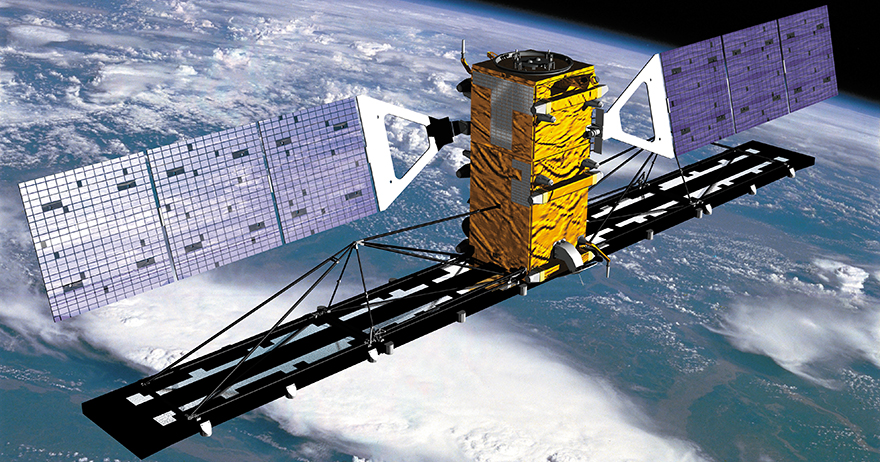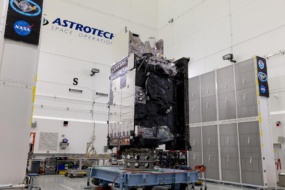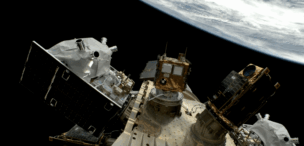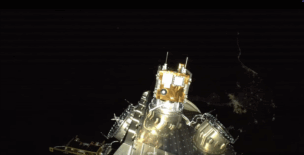On the heels of a historically bad wildfire season, Canada is investing in better eyes in space.
The Canadian government allocated CAD $1.01B (~$739M) to build out its EO systems over the next 15 years, the Canadian Space Agency announced yesterday. That money will funnel to the newly-announced Radarsat+ program, a reboot to the existing Radarsat satellites that have kept watch over Canada’s coastlines and environment for the last decade.
Radarsat to date: Canada has already launched five satellites across three missions through its Radarsat initiative.
- Radarsat-1 went out of commission in 2013.
- Radarsat-2 and the three imaging sats that comprise the Radarsat Constellation Mission (RCM) are still operational, managed by CSA and Canadian space tech company MDA.
These three missions have provided the data that Canada uses to monitor its coasts and track wildfires. This year, Canada saw historic wildfires, ripping through forests from both ends of the country. Officials hope enhanced satellite imagery will aid in planning and mitigation efforts for future fires.
That’s a plus: Radarsat+ is primarily focused on developing new satellites that can take over the mission RCM has been doing since its launch in 2019. The funds will be used to:
- Develop and launch a satellite to replace the RCM
- Build the next generation of coastline and environmental monitoring satellites
Canada will aim to make the data collected by the Radarsat+ satellites available to organizations within the country working on climate mitigation work.




